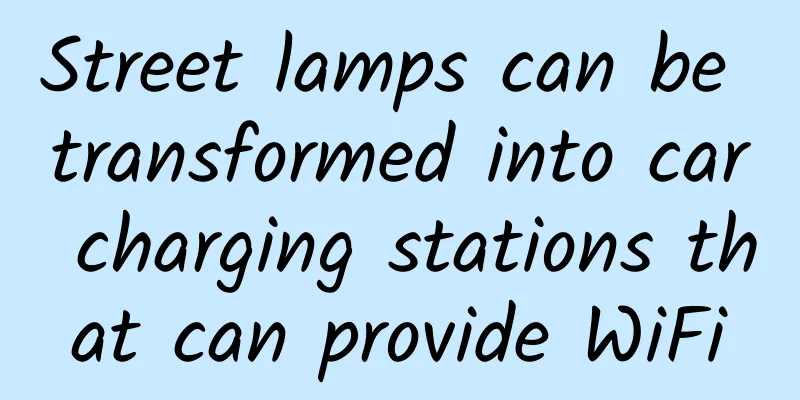What can the Internet of Things do for enterprises?

|
Internet of Things (IoT) and big data are the next frontier in analytics, but most companies are still in the early stages of adoption. However, companies can look to business use cases that are already in progress to jumpstart their IoT strategy. Here are 10 IoT use cases that have delivered results and a track record of best practices. 1. Network data is used for marketing Businesses can choose to use their own analytics to track customer behavior across the web, or they can outsource this task to a marketing firm with a reputation in this field. The site’s navigation patterns, the types of devices visitors come to or come from your site, and other relevant data about visitors can be aggregated to get a more complete picture. The combination of transactional data and IoT data will enrich your marketing analysis and predictions, which can be quickly implemented. 2. Identify dangerous websites Security services provided by commercial companies allow network administrators to track machine-to-machine communication and Internet website visits from company computers, revealing "dangerous" websites and IT addresses that company computers regularly visit. Practice will reduce the risk of network malware and virus intrusion. Because this "observation" service is provided from a cloud vendor, it is simple to implement and enterprises can start right away. 3. Equipment monitoring Even things like monitoring and/or adjusting a building’s thermostat can be done remotely, saving energy and streamlining facility maintenance procedures. The beauty of this IoT application is that it’s easy to implement, benchmark performance, and make needed improvements. 4. Machine and infrastructure maintenance Sensors can be placed on equipment and infrastructure materials, such as railroad tracks, to monitor the condition of these components and send out alerts if there is a problem with a component. Some city transportation management departments have already adopted this IoT technology to perform proactive maintenance before failures occur. 5. Logistics and tracking The transportation industry is now putting sensors on moving trucks and individual parts being transported. Central systems track these shipments from the beginning until the end. This prevents theft of goods in remote areas and allows companies to keep their supply chains on track because management can clearly see where the vehicles are (and where they should be) at any point in time. 6. Container environment Also in the logistics and transportation industry, containers carrying perishable goods are monitored for ambient conditions, with sensors sounding an alarm if temperature or humidity ranges are exceeded. Sensors also sound an alarm if containers are disturbed or seals are broken. This information is sent directly to decision makers via a central system in real time so that the situation can be remedied—even as the goods are in transit around the world. 7. Machine management inventory Self-service kiosks and portable stores that offer a variety of goods to consumers can now send automatic restocking alerts when specific items fall below reorder levels. This can save retailers money because they only need to have on-site staff restock when the machine tells them that they need to restock. 8. Driverless Trucks In remote areas with harsh climatic conditions and no road infrastructure, companies in the oil and gas extraction industry are using driverless trucks that can be remotely controlled and communicate remotely. This reduces operating expenses because you don’t have to send people into the field, and you can avoid accidents in areas that are known to be extremely dangerous. 9. WAN Monitoring Enterprises can monitor and modify their network traffic very well, but when this traffic is routed through the WAN or the Internet, it sometimes seems to be outside of their control. Today's edge routers in offices in different locations around the world can show significantly different quality of service depending on whether the office is in Singapore or Rio de Janeiro. If IT wants to better monitor Internet traffic, it can purchase commercial services that show in real time where slowdowns are occurring and can even reroute traffic to keep communications flowing. 10. GPS data aggregation GPS data aggregation is one of the most widely used IoT data collection methods. Enterprises like it because it allows them to count demographic data, weather data, infrastructure data, graphics data, and any type of data that can be localized to a specific geographic location. Many vendors can help you aggregate GPS data in a way that makes sense for your business. |
>>: What can Uber learn from Airbnb in international expansion?
Recommend
Complete PR basics: from 0 to 1, advanced editing master course
PR Video Editing Tutorial Directory Lesson 01 - W...
Faced with knowledge blind spots, how should operations staff quickly learn while working?
In sociology and economics, there is a commonly u...
The joint management of mountains, rivers, forests, fields, lakes, grasslands and sands aims to weave a beautiful coat for the earth
Some people say that deserts and desertified land...
10 secrets of Apple: Inside Apple's product design studio
If we were to add an adjective to Apple, there wo...
I'm still coughing after I've recovered from a cold! How should I choose cough suppressants and expectorants?
Clinically, cough is the most common symptom in p...
Bank Brand Marketing Methodology
There are more than 4,000 banks in my country, in...
9 Interaction Differences Between iOS and Android That Even Experts Can Easily Overlook
Nowadays, most PMs/interaction/UI designers use i...
A lifeline for the video industry caught in the IP vortex?
April 10 (Reporter Zhang Zhichang) Under the guid...
Want to eat sweets but don’t want to gain weight or raise blood sugar? Learn these two tips to satisfy your cravings and stay healthy!
I believe many people have this dilemma: they wan...
The operation and promotion of Super Course Schedule
1. App Market ASO In terms of the overall environ...
Suspected Sony Xperia C4 exposed: equipped with MediaTek processor
Recently, the whistleblower @Upleaks released spy...
To locate seagrass, scientists are tracking green turtles because they are more reliable than satellites
Seagrass, this lush oasis on the seabed, is like ...
Xiaoke's film and television commentary transfer course quickly teaches you film and television commentary [video course] Baidu cloud download
Xiaoke's film and television commentary and t...
From being raised in the palace to being on the verge of extinction today, what has the rhino family experienced?
Produced by: Science Popularization China Author:...









